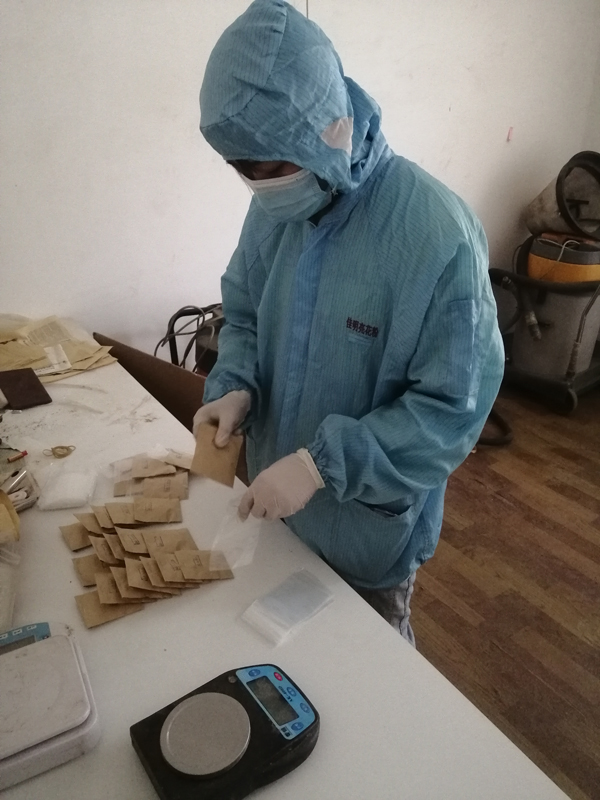Avq . 12, 2024 09:36 Back to list
Optimizing Pollen Availability for Effective Pollination in Apple Orchard Cultivation Strategies
The Importance of Active Pollen for Pollination in Apple Orchards
Pollination plays a crucial role in the apple industry, directly influencing the quality and quantity of fruit production. The effectiveness of pollination is largely dependent on the availability of active pollen. Understanding the significance of active pollen and how it impacts apple orchards can help growers optimize their practices for better yields and fruit quality.
Active pollen refers to the viable, mature pollen grains that can successfully fertilize the ovules of apple flowers. For apples, cross-pollination is essential as it promotes genetic diversity, enhances fruit set, and improves fruit quality. Many apple cultivars are not self-pollinating; therefore, the presence of compatible pollen from different varieties is necessary. This makes the timing and extent of pollen activity a critical factor for apple orchards.
Apple trees bloom in the spring, and the timing of this bloom is influenced by weather conditions, which can vary significantly from year to year. As such, growers must be vigilant in monitoring not only the blooming of their apple trees but also the activity of nearby pollinators and fruit-bearing trees. Managed pollination strategies often involve planting multiple apple varieties, increasing the chances of successful cross-pollination.
However, the presence of active pollen is not solely dependent on the flowering of apple trees. Environmental conditions, including temperature, humidity, and wind, can significantly affect pollen viability and dispersal. For example, high humidity and rain can impede pollen release and travel. Conversely, dry and warm weather can promote a more efficient pollen dispersal process. Understanding these conditions allows apple growers to anticipate potential challenges and take corrective measures when needed.
active pollen for pollination in apple orchards manufacturers

One of the most effective ways to ensure the availability of active pollen is through the strategic selection of compatible apple varieties. Cross-pollination generally results in a higher fruit set, improved fruit size, and better overall quality. Growers often choose varieties that bloom at the same time to maximize pollen transfer. Popular pairing combinations include Honeycrisp with Fuji or Gala with Granny Smith. Additionally, the introduction of pollinator species such as bees into apple orchards can significantly enhance the chances of successful pollination. Beekeeping practices that include hives in close proximity to apple orchards are gaining popularity, as bees are efficient pollinators that tend to move from one tree to another, increasing the chances of pollen exchange.
The use of technology in monitoring active pollen levels is also emerging as a game-changer for apple growers. Various tools and apps can help farmers track real-time pollen activity and forecast bloom times. This information can facilitate better planning for pollination strategies and hive management, ultimately leading to improved fruit yields and quality.
Additionally, the conservation and protection of natural pollinators are becoming increasingly important as agricultural practices evolve. Pesticide use, habitat loss, and climate change pose significant threats to pollinator populations. Implementing integrated pest management (IPM) strategies and maintaining diverse habitats within and around orchards can foster healthier pollinator communities, ensuring that active pollen remains abundant.
In conclusion, active pollen is vital for effective pollination in apple orchards, directly impacting fruit yield and quality. By understanding the factors that influence pollen availability and utilizing best practices in variety selection, pollinator management, and environmental monitoring, apple growers can enhance their orchards’ productivity. As the demand for high-quality apples continues to rise, focusing on the intricacies of pollination will be key to maintaining thriving apple production systems.
-
Artificial Pollination Solutions for Pear Trees Auxiliary Pollination Services & Pricelist
NewsJun.10,2025
-
Bagging Paper Bag for Fruit - Wholesale Suppliers & Manufacturers for Fruit Factories
NewsJun.10,2025
-
Premium Apple Birch Tree Pollen Suppliers Quality Exporters
NewsJun.09,2025
-
Lorado Pollen Suppliers Pure Apricot Flower Pollen Collection
NewsJun.09,2025
-
Premium Mulberry Pollen Natural Source for Bee Health & Nutrition
NewsJun.09,2025
-
Optimize Cross Pollination Functions Top Manufacturers & Suppliers
NewsJun.09,2025